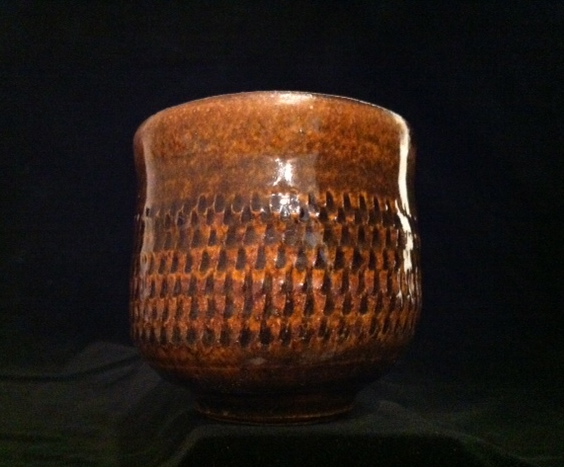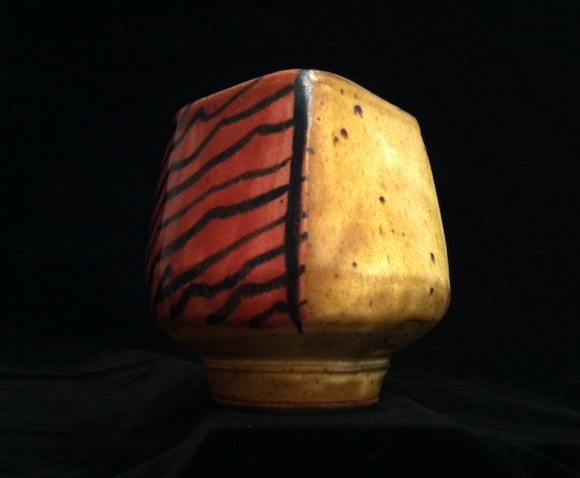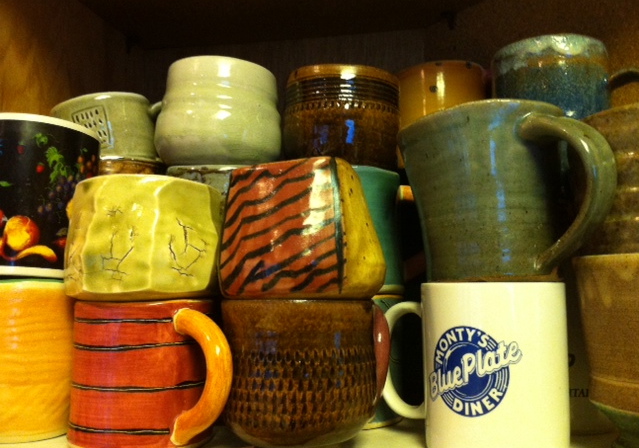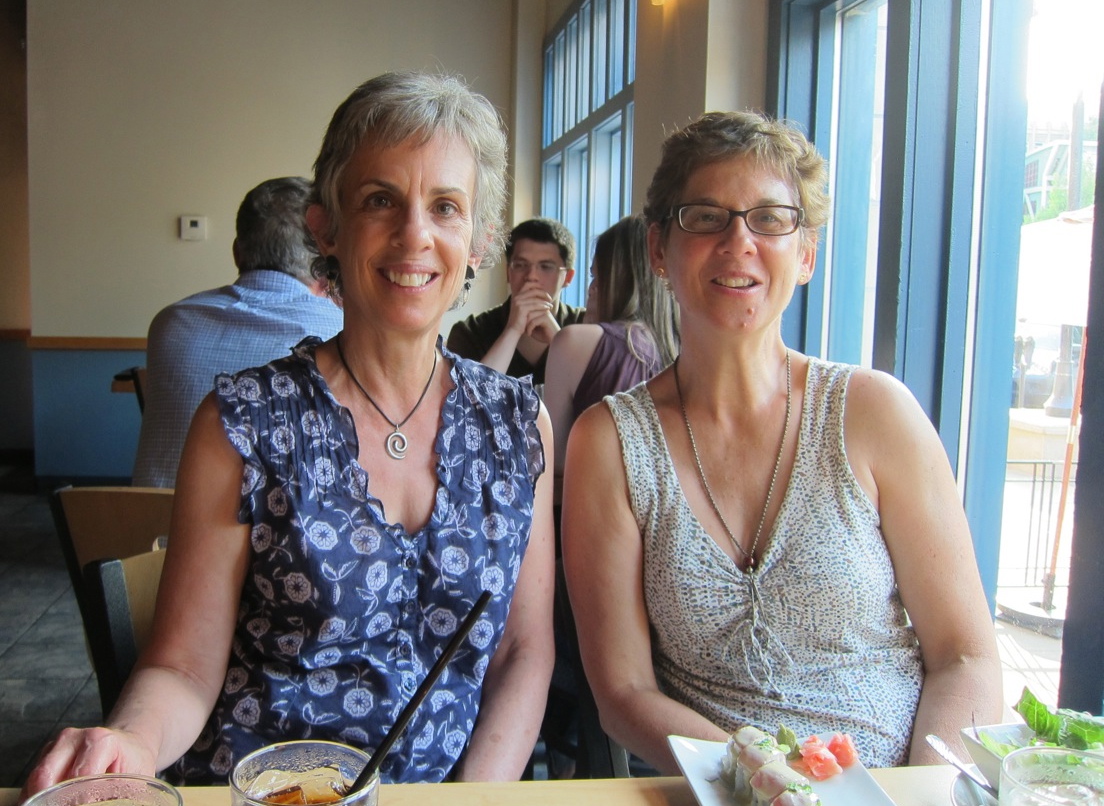 Ever since my recent trip to Iowa City, I've been thinking about collections and collecting. Over lunch at the Bread Garden, a haven for visiting writers, my writer friend Carol Spindel and I discussed collecting and collectors.
Ever since my recent trip to Iowa City, I've been thinking about collections and collecting. Over lunch at the Bread Garden, a haven for visiting writers, my writer friend Carol Spindel and I discussed collecting and collectors.
We had just visited Akar, a gallery which features Japanese tea bowls made by ceramic artists from all over the country. I've never seen anything like it in Northern California where I live, so each time I return to Iowa City to see my dad, I make sure to stop by Akar and pick one favorite bowl.
My habit began years ago. I'd taken a ceramics course from Bunny McBride, an artist with a love for Asian pottery, and discovered the Book of Tea, by Okakura Kakuzō. (Reading it was magical--like coming upon Grimm's Fairy tales for the first time.)
Kakuzō describes the Japanese tea ceremony in a way that embodies the principles he seeks to teach: simplicity, harmony and, to use a nowish term, mindfulness.
I was smitten. The whole notion of simplicity achieved through mastery spoke to me deeply. (Where did that come from? Was it that my English professor mom nourished me on Taoist collections of poetry at a young age? Who knows?) During one trip back, some 20 years ago, I selected my first Japanese tea bowl, a wood fired thing with a lovely exterior of salmon smeared with blacks and browns. I hesitated, being on a slim budget, but it chose me and I plucked it off its stand.
I had purchased a yunomi, or, "wood fired thing" and I've been collecting them ever since. The whole idea of drinking from one of these bowls incorporates being present, acting with care, savoring one's drink. You sure as heck can't grab a yunomi like you would a Starbucks cup with it's cardboard collar. You'll burn yourself. You have to learn to wait.
And, in learning to wait, you watch the bowl change. Over years, not seconds, there is an alchemy that happens between the tea and tea bowl. The pattern of crackles in the glaze shifts, the colors deepen.
I now possess too many yunomi to store on the shelf in the cupboard where we keep tea and coffee mugs. My husband complains that he can't empty the dishwasher without building tipsy teacup towers. I might have to build them their own shelf.
But I probably won't, because that would remove them from the realm of common use and make them special in a way that would defy their meaning --"wood fired thing." And because like The Troggs song, "Wild Thing," they make my heart sing.






